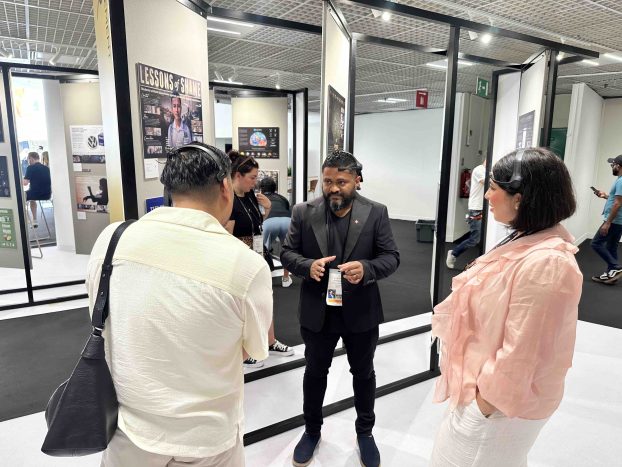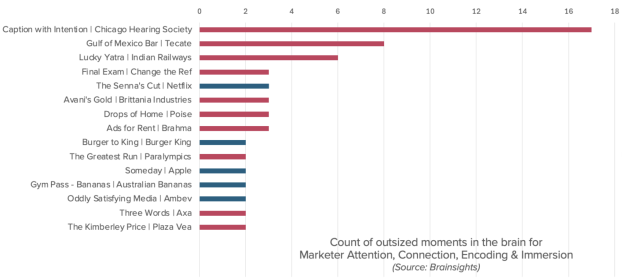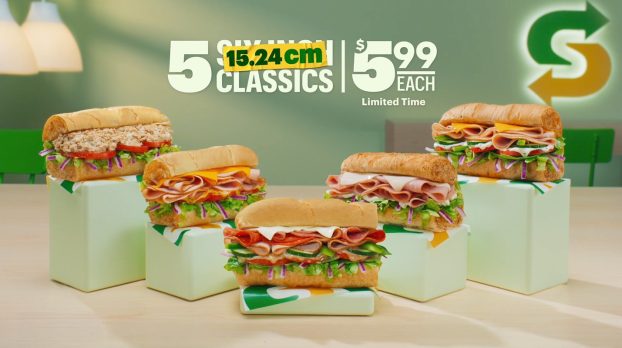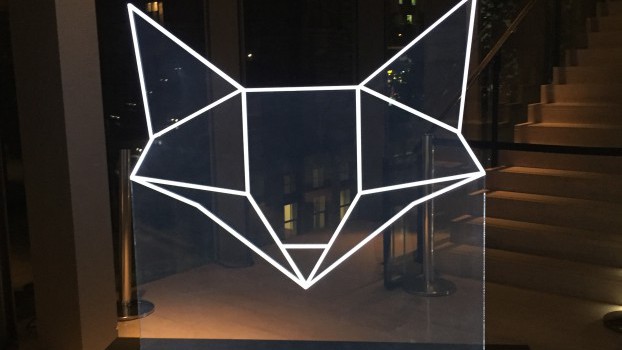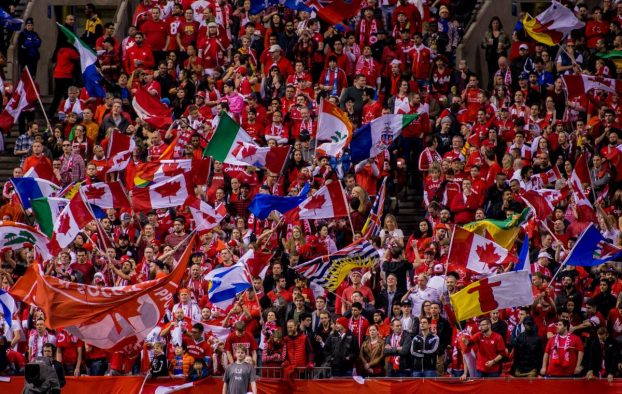By Kevin Keane
During this year’s Cannes Lions festival, Brainsights and strategy snuck the firm’s neuro testing technology into the Palais and brain-scanned a handful of Canadian marketers and advertisers as they perused the shortlisted and award-winning work in the basement exhibition hall.
Agency heads and brand-side marketers alike volunteered to participate in the study, wearing lightweight brainwave headsets that record attention, emotion, memory and immersion levels in response to the work. The industry heads included former GE Appliances Canada chief brand officer Bob Park, GE Appliances Canada brand manager Jonathan Landingin, Edelman’s Anthony Chelvanathan, the ACA’s Andrea Hunt, T1’s Mark Harrison and Convoy Communications’ Fernanda Ghorbannia.
We are able to extract strong signals (those that registered several standard deviations from the mean) and match these to specific moments, allowing us to isolate the work that generated the greatest neural imprint on these industry execs and, therefore, better understand their predispositions.
What we found is not all too surprising: they tended to be heavily biased towards purpose-driven work.
As this table shows, the deepest moments of impact occur when marketers are looking at purpose-related campaigns (in pink). This isn’t marketers about the importance of purpose campaigns, but their deep, unconscious and automatic feelings that reveal just how strongly they resonate with values-based storytelling – beyond any rational filter or industry talking point.
It presents as evidence of a bias for optimism. And it helps to explain a lot.
I think if you’re a marketer you have to be an optimist. Tasked with motivating the masses, it’s an ideal attitudinal prerequisite. This optimism draws us to the best versions of what our discipline is capable of doing, which is to change the world for the better.
And I think it’s quite human to have a deeply held need for our chosen profession to matter, to have the capacity to matter to the world beyond commerce. This is especially so for the optimistic marketer. And the data seems to play this out.
 But optimism has its pitfalls. It can carry us away, sometimes to places that are more hopeful than helpful (read: purpose-washing). Optimism can morph into wishful thinking, leading us to believe something is meaningful or effective simply because we want it to be.
But optimism has its pitfalls. It can carry us away, sometimes to places that are more hopeful than helpful (read: purpose-washing). Optimism can morph into wishful thinking, leading us to believe something is meaningful or effective simply because we want it to be.
Take advertising, for example. Many within the industry have grown uncomfortable with the term itself, partly because of the negative associations it’s picked up over time, including issues like ad fraud. But instead of tackling those problems directly by improving transparency, effectiveness or ethics, we often avoid them. We slap on a new label. “Advertising” becomes “branded content” or “brand storytelling,” as if changing the name solves the underlying issues.
This is where it’s easy to get cynical, and it’s easy to criticize the industry. But we can also thank our bias on the storytelling methods and media that best delivers it: video.
By happy coincidence, some of our Palais brain scan participants observed the video case study for “Caption with Intention” on a mobile phone, as well as on the poster. During the tour, Anthony Chelvanthan pointed out that the case video can do a much better job in telling the story than he (or the printed poster) ever could. He wasn’t wrong.
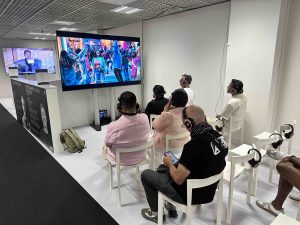 The video case study accounted for a disproportionate amount of high-impact brain moments, far exceeding those observed in the print setting.
The video case study accounted for a disproportionate amount of high-impact brain moments, far exceeding those observed in the print setting.
And we observed this across our various neuro sessions at Le Palais. On average, the number of high-impact brain moments from participants watching video per case was 2.9. By comparison, the number of high impact brain moments in print was 1.7. In other words, video delivers more than 70% more deep impact moments in the brain.
Why does this matter? Because what we feel is so often the data point that governs the decisions we make: what we buy and, as it turns out, who we award.
If you were a judge, tasked with evaluating dozens of submissions under tight time constraints on top of your other obligations, you’re much more likely to use this data point – your feelings – to guide your decision.
The curation and narrative power of video is such that feeling can trump fact.
Printed posters, on the other hand, suggest something different. There are still big-impact moments, but they’re distributed and allocated differently in the brain.
With printed posters, people spend more time reading, taking in information from across a page, rather than (exclusively) sequentially as it is presented via video. The balance between narrative and fact is perhaps more equal in the print medium, not because of the content of the message it carries, but because of the medium itself as it encourages active involvement.
It’s unlikely that this difference in impact is a reflection of the disposition of the participants: the fact is, some participants viewed case video either and printed posters and they show the same broad neural response patterns as the individuals who viewed either print or video.
 Our industry’s bias for purpose-led work and moving imagery explains why this work consistently gets awarded at Cannes and why the industry seems to embrace the embellishment. And we can thank it for the present crisis gripping the awards industry. The recent Cannes controversy shows that, like the boy who cried wolf, we’re at risk of losing credibility and being eaten.
Our industry’s bias for purpose-led work and moving imagery explains why this work consistently gets awarded at Cannes and why the industry seems to embrace the embellishment. And we can thank it for the present crisis gripping the awards industry. The recent Cannes controversy shows that, like the boy who cried wolf, we’re at risk of losing credibility and being eaten.
This isn’t confined to Cannes, of course. The bias for optimism and selective storytelling regularly carry us away in life and work far from the Croisette. Take data, for example. The industry tends to lean toward data that helps to “tell a better story” and away from uncomfortable facts because “they don’t fit the narrative.” I see it regularly in my field of work, and I resist it. Because the magic is in “the messy.”
I regularly share data with my clients that they don’t like. Sometimes it’s not the data they hoped for, but it’s almost always data they can use to be better. Many will spend the time and do the hard work of understanding their own biases and learning about what truly moves the minds of their customers.
And I hope that by sharing these insights from our guerrilla neuro-test at the Palais, we can encourage more marketers to do the same, so that the work that’s awarded is what truly moves consumer minds.

